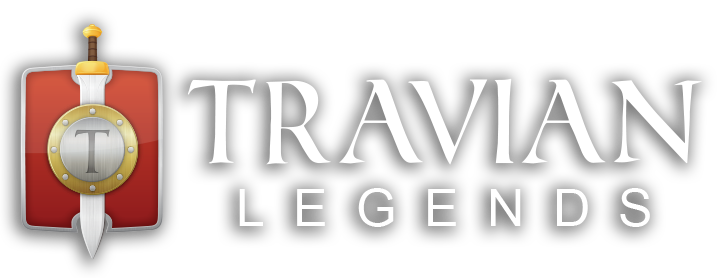
On the occasion of the 20th anniversary of Travian, we conducted an interview with Gerhard Artur Müller (aka KEEN), the inventor of Travian.
💬 Hello Gerhard, could you share a bit about your background and upbringing? How did your early experiences shape your interest in game development?
🔷 Gaming was always part of my life. We had a lot of board games at home and it was not unusual to play some of them with my parents and siblings after dinner. From time to time we invented some own house rules for this games.
💬 Where did the inspiration for Travian Legends originate? Could you walk us through the story from the initial idea to developing it into a playable game?
🔷 Travian was inspired by different areas: from the board game “Settlers of Catan”, which I played a lot with my family. You produce wood, clay, iron and crop. Something every Travian player is more than familiar with. Only sheep were skipped, because I had the impression that more resources would not make the game more interesting.
When I started to think about Travian in 2003, I had played the very early German browser games Inselkampf and “Die Stämme”. I was fascinated about the possibility to dive into a huge and persistent world where thousands of players were able to interact with each other. In such a big worlds every single player is very insignificant and even the most powerful players would have no chance to survive without allies. Games like Travian are more society simulation than just a build and raid game. To succeed you have to master teamwork and leadership.
The setting was inspired by the “Asterix and Obelix” comics and what I remembered from my Latin lessons at school where we read “De bello Gallico” from Gaius Iulius Caesar. Travian plays in this time, but is not a realistic history simulation.
💬 What were some of the biggest challenges you faced during the initial development phase of Travian Legends, and how did you overcome them?
🔷 Looking at today’s gaming market you might think that getting noticed by your audience might be the biggest challenge. But at this time browser games where so new and exiting, that huge growth was possible without having to spend much on marketing.
When Travian was released on September 5th 2004, the internet was slow and servers and traffic expensive. So we had to optimize a lot to simulate a persistent world, able to host thousands of players. At this time I was an inexperienced developer with an awful code style. But performance was always my primary focus and as the only developer I could keep a good overview about the huge monolithic spaghetti code.
My old friend from school, Holger Miller, took care of our Linux servers, while I focused on game design and development. This was the perfect combination to keep the game running, even so it was a close race: The more players were playing, the more hardware and code optimization was needed to keep the game stable.
💬 Twenty years of success is a monumental achievement for any video game. When you first conceived Travian, did you anticipate its potential for such long-term success?
🔷 The game was started out of passion, not as a business. My plan was to spend one year and then go back to my studies at the technical university in Munich. After one year it was clear, that we could not run this as a side project and it had the potential to start a company to make the game really successful. In November 2005, about a year after Travian had started, we founded Travian Games GmbH. The founders were Holger Miller, my brother Siegfried Müller, who just had finished his studies in Economics, and me.
💬 What do you believe are the key factors that have contributed to Travian’s exceptional popularity over the past two decades?
🔷 I think there were three main points:
-
- Travian was one of the first browser games that not only consisted of links and data tables. It had a visual resource and village view and a 2d map.
- The game was round based. So you replay it as often as new game worlds started and there were thousands of them with over 100 Million accounts over the years.
- In many countries Travian was on of the first browser games which was available in the local language. In total Travian was translated into 42 languages.
This is the end of Part I of the Interview with Travian creator. Come back on 12.09.2024 to read Part II and learn some exciting news about Travian!

